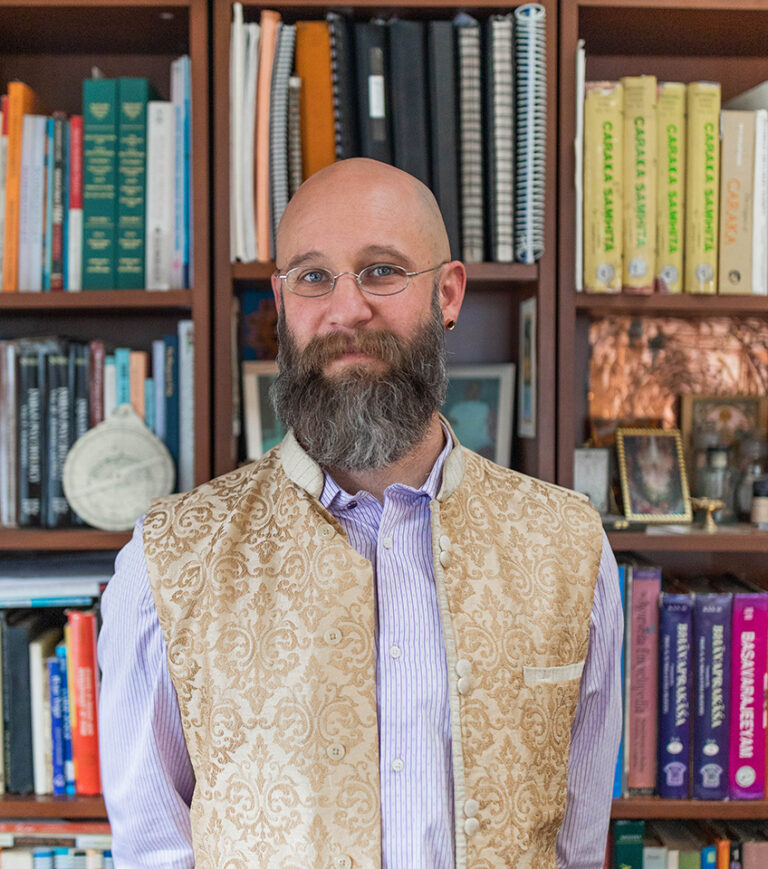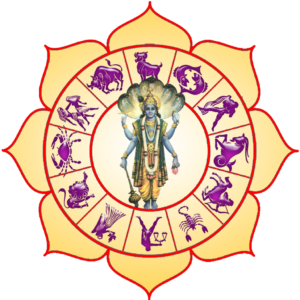
The content you’re trying to view is for members only. Please register in order to access this content.
If you think that this is an error, please ask for support. Say your Mantra and the response shall be swift!
If you do not have an account here, please register and inform your mentor


